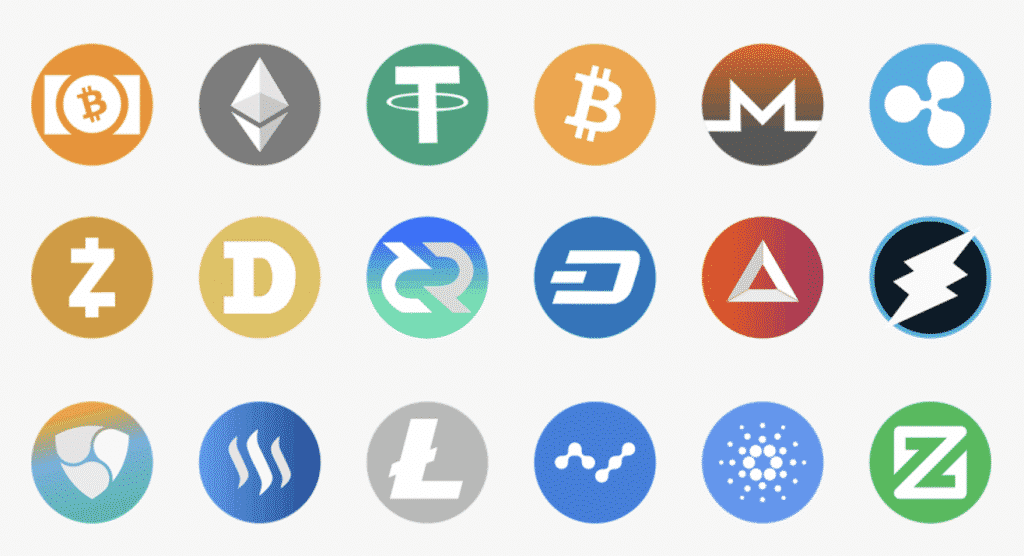Blockchain is one type of inherent digital currency. For Bitcoin, its purpose is to work as the cryptocurrency; thus Bitcoins are called as native crypto for BTC, and Ethereum’s native is Ether, however, Ethereum hosts various other cryptos in a form of tokens.
You may have taken a look in the Decentralized Finance farming- and the liquidity pools, just to get a bit more confused by various kinds of token rewards for every pool. The primary purpose of the DeFi Farm guide is to explain the differences between the native and the non-native tokens.
What is a Native Token?
Native token is one new feature, which allows transacting of the multi-assets over Cardano. Users may transact with ADA, or an unlimited number of the user-defined tokens natively.
And native support provides distinct benefits for the developers: and there’s not any need of creating the smart contracts for handling the custom tokens, for instance, that removes the layer of complexity or potential for the manual errors as ledger handles various token-related features.
The native tokens feature generally extends the current accounting infrastructure that is defined in the ledger model (made for processing only ada transactions) for accommodating their transactions by using various assets. Such assets are ADA and other user-defined token forms.
Check out the bitcoin up app to get trading tips on a daily basis. It just takes 20 mins daily to set your trading parameters and then book profits.
Why only native tokens?
The native tokens can bring the multi-asset support at Cardano, and allow the users to create their uniquely defined tokens and do transactions with them on a Cardano blockchain.
Use of the tokens for any financial operations has become quite popular. It will cut down costs, improve transparency, liquidity, and stay independent of centralized entities like big banks. Tokenization is a process of real assets (fiat currencies, precious metals, stocks, and property) in the digital form that is used for creating the financial instruments for doing some commercial activities.
Cardano can provide several tokenization choices. With the ‘Mary’ upgrade, the ledger’s accounting infrastructure can process not just ada transactions but even transactions that carry out many asset forms. The native support grants different benefits for the developers since there is not any need for creating the smart contracts and handling the custom token transactions or creation.
Native and non-native support
Most of the cryptocurrency ledgers have actually got built-in support that will track down ownership as well as the transfer of one or more kinds of the asset. This kind of support is called native. Cardano’s functionality is native. Suppose the cryptocurrency platform has a powerful smart contract feature, it’s possible to track down the assets and for which there’s not any ledger accounting support. It can be done with the layer-2 solution that is made by using smart contracts. This kind of MA support will be non-native.
Check out the Benefits
Native tokens have their own benefits and drawbacks. For instance, the native tokens have lower APYs compared to non-native tokens, however, native tokens are generally less volatile compared to non-native from the new DeFi projects.
Alternatively, non-native tokens usually provide liquidity to the pools just by rewarding their investors with high APYs. But, because the projects are relatively new, the tokens are volatile and will tank in the price when the market gets down. One more risk is because the projects are new, there is not any certainty they may turn into successful platforms.
Before exploring how native assets work, here is a quick overview of the benefits:
- They will represent any type of asset and contract
- No cumbersome or costly third parties are needed, for storing them or transferring them to the new owner
- They’re minted just by “tagging” the IOTA tokens, which means that they don’t diminish the overall supply of the IOTA tokens.
- With the IOTA’s feeless protocol, making native assets will be inexpensive, so you can distribute the assets free on a ledger.
- Final Words
Non-native tokens are introduced to the investors through popular DeFi platforms like Pancakeswap or Sushiswap. By offering the most attractive APYs investors will be incentivized to offer liquidity in these pools, and resulting in making some new projects popular amongst the investors.
But, non-native tokens will be highly volatile compared to the native tokens and thus can generate high profits or losses. It’s better to stay careful with these tokens: do not invest more than you are keen to lose.
